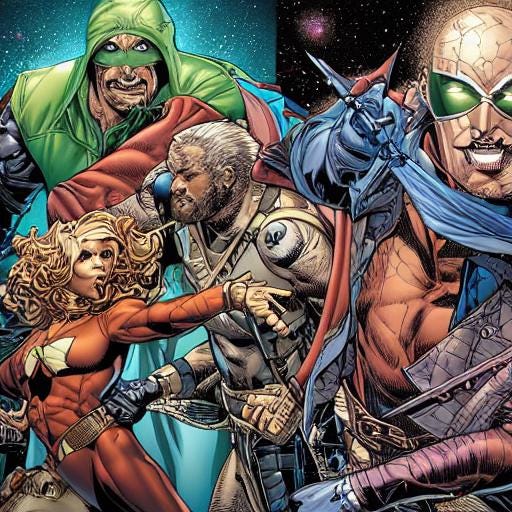Assuming Characters Are White by Default? Let's Change That
Plus, my manuscript is being read by members of the Wá∙šiw Nation. Fingers crossed I'm on the right track.
At this exact moment, my manuscript is being read by members of the Wá∙šiw Nation, whose homelands are the Lake Tahoe region. For the past few years, I have been consulting with a small group of people and doing my own research. Fictionalizing characters of the Wá∙šiw Nation has been no small undertaking and feels so risky because of cultural appropriation. But once I realized that the logging book I wrote was not inclusive, doing research and consulting with members of the Wá∙šiw Nation became the best way to write a more complete historical novel about Tahoe. In short, I needed to do the work.
Assuming Characters Are White
By default, characters in American literature who are not physically described tend to be assumed as white. This is a dangerous and prejudice reality that I did not realize I was doing until I read Matthew Salesses’s book Craft in the Real World. Thanks to his book, I’ve gone through all my recent writing and added physical descriptions to all my characters. And yet, so engrained is this default cultural assumption that some of my writer friends continue to edit out phrases like “pale skin,” “ivory cheeks,” or “her skin was white.” Annotating these descriptions as unnecessary.
The other day, I realized one character in my novel simply described as “Kelly the bartender” will be presumed to be white and male because, let’s face it, it’s 1859 Virginia City (Nevada). In truth, I did write him that way, but I also relied on your default assumptions, and my own, instead of doing the work of physically describing him.

Doing the Work
As writers and readers, we need to consider what cultural assumptions we are purposefully or inadvertantly overlaying into stories. By physically describing everyone in literature, including and especially white characters, we can reduce cultural assumptions and convey more telling details about our characters’ health and personality.
“Her wrinkled skin was pale and chalky.”
“His plump white fingers scratched his oily scalp.”
I made these examples up using “pale” and “white” to address skin color, and “chalky” and “oily” to convey texture and implied physical hygiene. Pick up the book you’re reading. What color skin do the characters have? Did the writer explain that? Or did you assume?
If you’re a writer, read your own work and circle where and when you choose to describe a character’s skin tone. Do you describe some but not others? Why?
If you’re a reader, do the same thing. Start noticing when characters’ skin colors are described and others are not. Then check yourself: do you presume a race or skin tone when descriptors are missing?
I would not have thought about this without Matthew Salesses’s book, which I highly recommend every fiction writer purchase immediately (affiliate link). Without it, I would not be confronting my own cultural assumptions as both reader and writer. I would not have noticed my own ingrained biases.

Engaging Cultural Consultants
Up until recently, I was writing an incomplete historical novel about Tahoe because I was too niave, and then too afraid, to include the Wá∙šiw People’s point of view. Now I have done (am still doing) the work of listening, engaging, and doing research. And I still have so much more to do. But I’m grateful to be in the process of sharing my writing with beta readers and cultural consultants within the Wá∙šiw Community.
During this process I also, of course, went back through my entire novel and checked where my own cultural biases exist. Where does my writing presume the audience is white? How can I reduce these default assumptions?
I do not know what my beta readers will say. I do not know if people unfamiliar with my project will think I’m too bold for fictionalizing Wá∙šiw characters when I myself am not Indigenous. But I do feel confident in the steps I am taking. Because submitting a proposal, doing research, building relationships, and enduring the trials and errors of novel writing (and editing) has led me to this stage.
Fingers crossed I’ll get my manuscript back with critical reviews and helpful suggestions for how to make it better. If you’re ever reading my writing, I hope you take note of my physical descriptors, and call me out when I’ve misstepped or missed something. The more we learn to be critical readers, the more we demand of our writing and our writers, the more inclusive American literature can start to be.




So so great! I needed to hear this. I'm gonna think about this while I'm reading. Love your ability to self reflect!
The journey continues...
Your understanding and vision,has a great appeal...I like what you have done